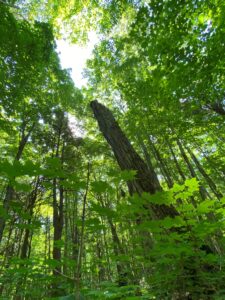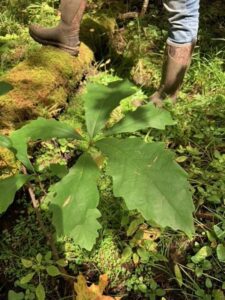Research shows that both homes and their immediate surroundings play a critical role in a home surviving a wildfire. Your home’s building materials, design and landscape choices can increase risks of your home igniting during a wildfire. If a wildfire burns near your home, its intensity can be reduced or even stopped if “fuel” on your property is managed.
To prepare your home and the area around your home, start with the house and then move into the landscaping. The “home ignition zone” is your home and surroundings out 100-200 feet. Often, a person’s home ignition zone overlaps with their neighbor’s property. In those cases, it’s important to work together to reduce the shared wildfire risk.
Consider these wildfire risk reduction home and landscape guidelines to reduce or change the fuels in your home ignition zone.


